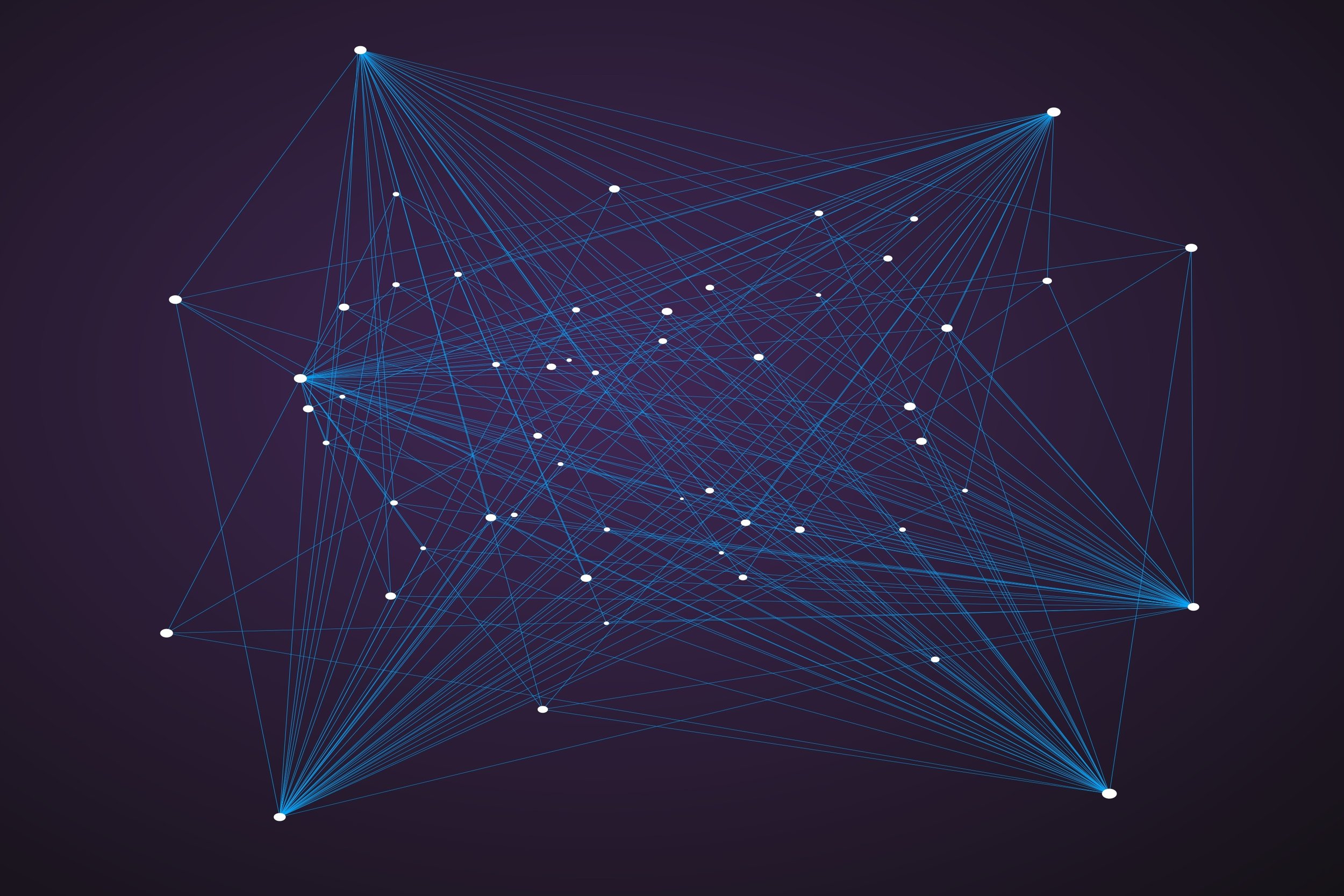A description is a way of representing the properties of a system, enabling the communication of these properties between one person and another. Speech or writing, a drawing, a photograph, an audio or video recording can all be forms of description.
Because descriptions can take different forms, it is useful to be able to convert or translate from one form to another. The word "frog" can be a description, as can "grenouille." A sentence can be spoken, hand written, typed in and then stored in a hard drive, displayed on a screen (in different fonts or colors), and printed out. In converting descriptions, we must often consider issues like accuracy of translation between languages, encoding-decoding, compression, errors, and the length of a description.
The words "frog" and "grenouille" have different forms — they look and sound different — but they represent the same thing. Since descriptions of a single object or idea can take different forms, we must be careful to distinguish between the form and the meaning of a description. However, there must still be a connection between form and meaning, because without a form — the appearance or sound of the description —being linked to a particular meaning, a description could have any meaning, and we wouldn't know which meaning is intended.
More generally, a description has to do with representing the properties of a system in the properties of another system. The properties of a face are represented in the properties of the photograph of that face. Some of the issues that arise when we think of description as representation include: Physical system representations — how patterns in physical systems are representations, and how interactions between observer and system correspond to measurements. Biological system representations — how the brain functions to represent observation, how genotype represents phenotype and vice versa, and how phenotype and genotype represent evolutionary history.
At the most basic level, a description is part of the relationship between the observers and the observed.
Related concepts: information, complexity, emergence, observer, description and complexity, meaning, observer-system relationship
Copyright © 2011 Yaneer Bar-Yam All rights reserved.
